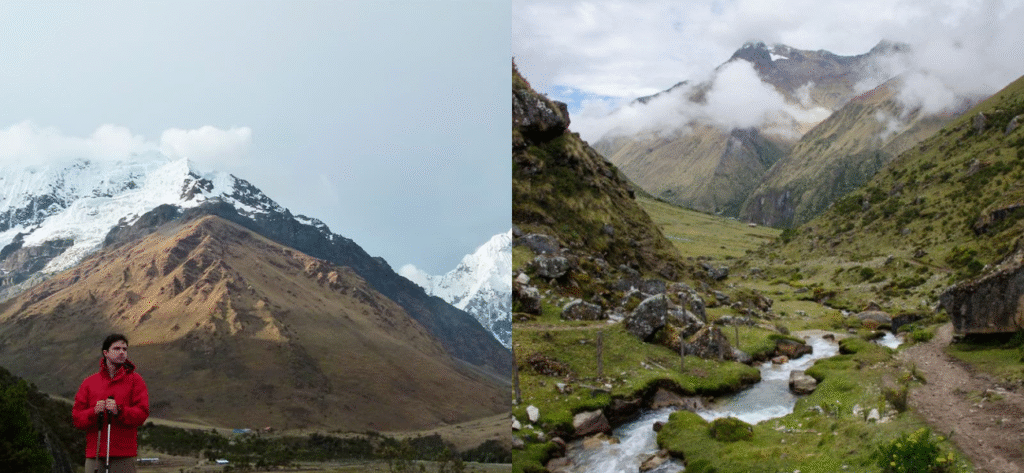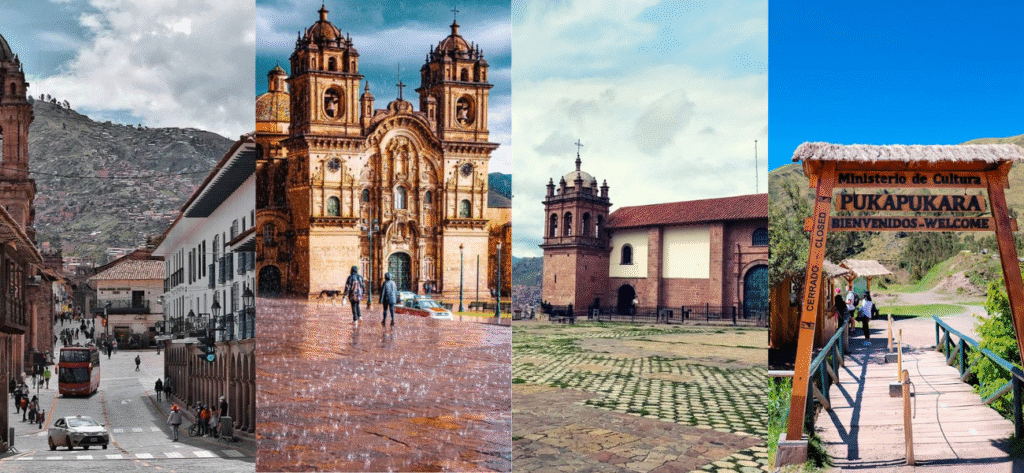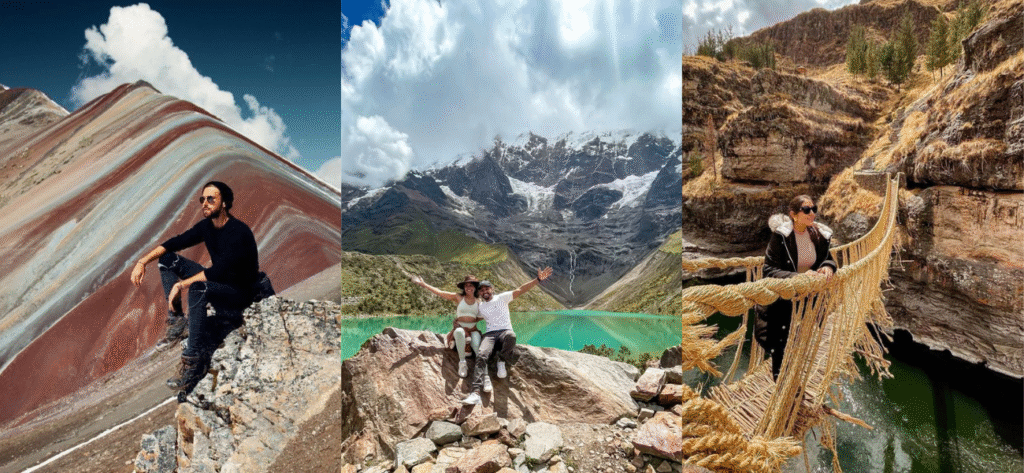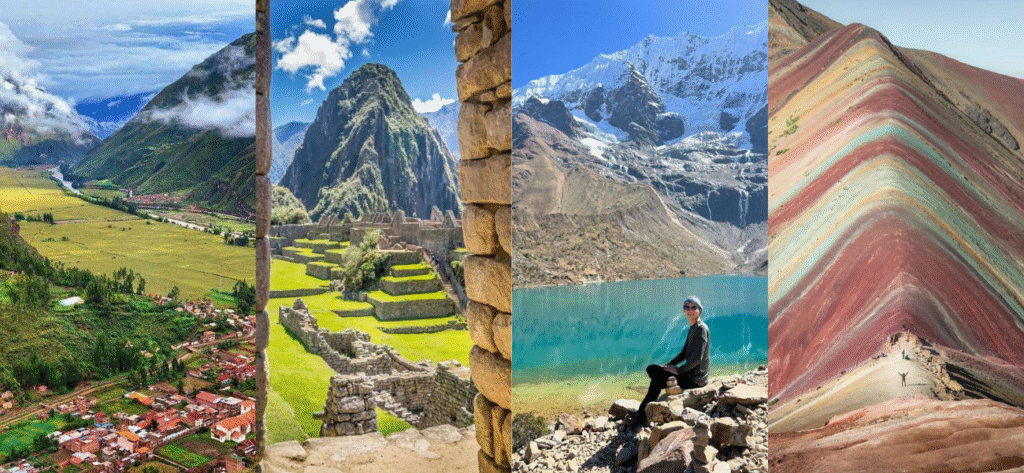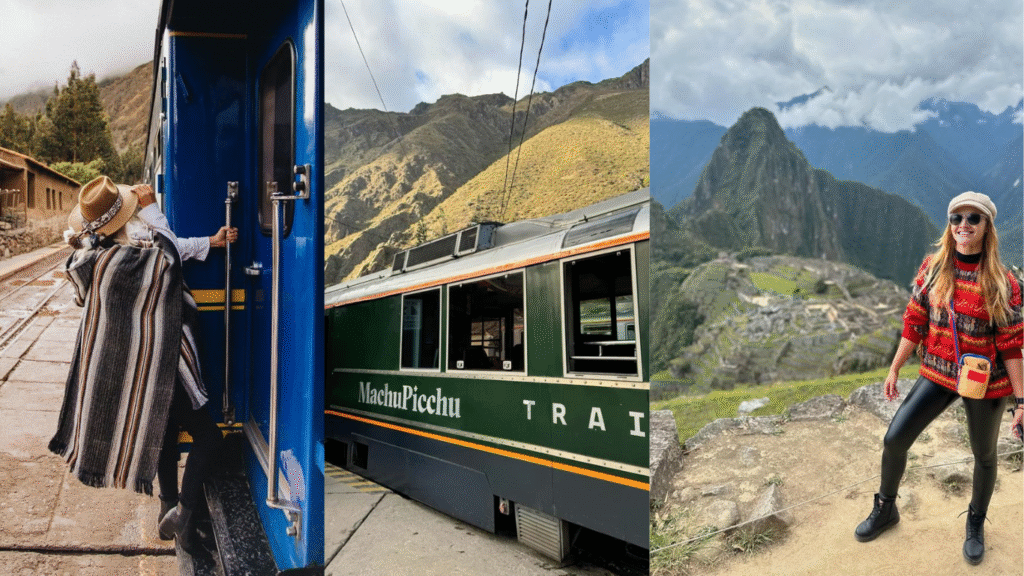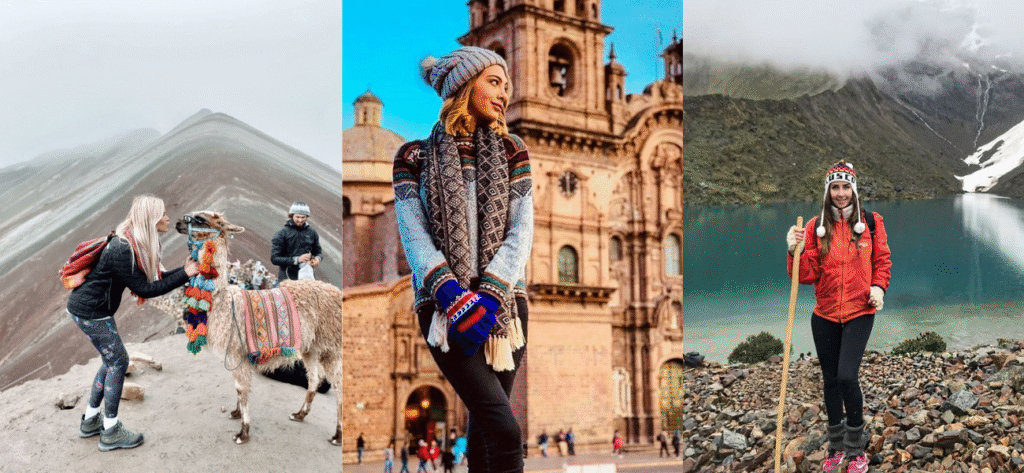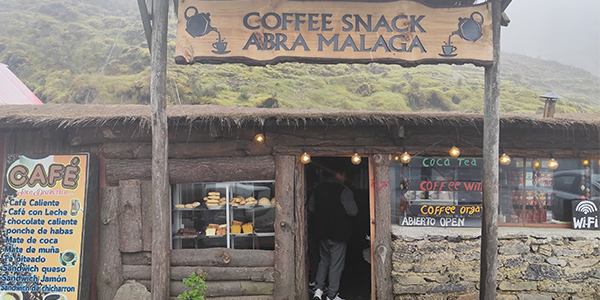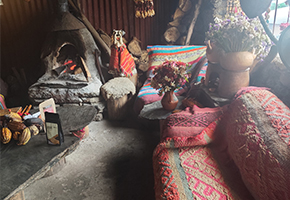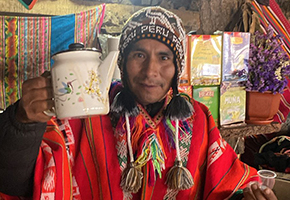Best Time to Do the Salkantay Trek to Machu Picchu
The Salkantay Trek is one of the most breathtaking routes to Machu Picchu, taking adventurous travelers through snow-capped mountains, lush cloud forests, and remote Andean villages. It’s a journey filled with challenge, culture, and nature — but choosing the right time to go can make a big difference in your experience.
So, when is the best time to hike the Salkantay Trek? Let’s explore each season and what you can expect on the trail.
🌞 Dry Season (April to October): The Best Time to Trek
The dry season is widely considered the best time to do the Salkantay Trek. During these months, the weather is more stable, and there’s a much lower chance of rain — which means safer trails and spectacular views.
✔️ Highlights:
- Clear skies and panoramic mountain views
- Comfortable daytime temperatures
- Easier river crossings and drier trails
📅 Best months:
- May through September, especially May and September when you can enjoy great weather with fewer crowds.
- However, keep in mind that June, July, and August are the peak tourist months, so it’s best to book your trek in advance if you plan to travel then.
🌧️ Rainy Season (November to March): A Quieter, Wetter Alternative
The rainy season brings lush green landscapes and fewer hikers on the trail, which some travelers love — but it also brings challenges like muddy paths, unpredictable weather, and cloud-covered views.
✔️ Highlights:
- Rich green scenery and blooming flora
- Fewer people on the route
- More availability for tours and accommodations
⚠️ Things to consider:
- Slippery and muddy trails
- Possible landslides or trail disruptions
- Limited visibility at high viewpoints
January and February are the wettest months and not recommended for trekking due to heavy rainfall and possible safety risks.
✅ Best Overall Months to Hike Salkantay
If you’re looking for a sweet spot between good weather and moderate crowds, the best months are April, May, September, and early October. These months offer:
- Stable weather
- Fewer people on the trail
- Stunning views of the Salkantay mountain and jungle below
🌄 Final Thoughts
The Salkantay Trek is magical year-round, but the experience can vary greatly depending on the season. If you want dry trails, warm sun, and clear skies, plan your trek between April and October — especially in May or September for the perfect balance.
No matter when you choose to go, the Salkantay route will reward you with unforgettable landscapes and the deep satisfaction of arriving to Machu Picchu by foot.
What you should do before booking Salkantay Trek to Machu Picchu
1. What is the Salkantay Trek, and how does it compare to the Inca Trail?
The Salkantay Trek is an alternative route to Machu Picchu, offering breathtaking landscapes, including snow-capped mountains, cloud forests, and high-altitude passes. Unlike the Inca Trail, the Salkantay Trek does not require a permit and is less crowded, providing a more adventurous experience.
2. How many days does the Salkantay Trek take to reach Machu Picchu?
The standard Salkantay Trek takes 5 days and 4 nights, covering approximately 72 km (45 miles). However, there are shorter and longer variations of the trek available.
3. What is the difficulty level of the Salkantay Trek?
The Salkantay Trek is considered moderate to challenging, as it involves hiking at high altitudes and steep ascents. The highest point is the Salkantay Pass at 4,650 m (15,255 ft). Proper acclimatization is recommended before starting the trek.
4. Do I need a permit to hike the Salkantay Trek?
No, unlike the Inca Trail, the Salkantay Trek does not require a special permit. However, you do need an entrance ticket for Machu Picchu, which should be booked in advance.
5. What is the best time of year to hike the Salkantay Trek?
The best time to hike the Salkantay Trek is during the dry season (April to October). The weather is more stable, with clear skies and less rain. The rainy season (November to March) can make the trail muddy and challenging.
6. What should I pack for the Salkantay Trek?
Essential items include:
- Hiking boots (waterproof and comfortable)
- Warm layers (temperatures drop at night)
- Rain jacket or poncho
- Sleeping bag (suitable for cold weather)
- Sun protection (hat, sunglasses, sunscreen)
- Water bottle and purification tablets
- Basic first aid kit
7. Is altitude sickness a concern on the Salkantay Trek?
Yes, altitude sickness can be an issue, especially at the Salkantay Pass (4,650 m). It is recommended to spend a few days in Cusco (3,400 m) before the trek to acclimatize. Staying hydrated, avoiding alcohol, and chewing coca leaves can help with symptoms.
8. How do I get to Machu Picchu from the end of the Salkantay Trek?
After reaching Hidroelectrica, you have two options:
- Hike 3 hours to Aguas Calientes.
- Take a 30-minute train from Hidroelectrica to Aguas Calientes.
From Aguas Calientes, you can hike or take a bus up to Machu Picchu.
9. Are there accommodation options along the Salkantay Trek?
Yes, most trekking companies provide campsites or eco-lodges along the route. Some upgraded tours offer more comfortable accommodations, such as glass cabins or domes. The final night is usually spent in a hotel in Aguas Calientes.
10. Can I visit Machu Picchu without hiking the Salkantay Trek?
Yes, you can take a train from Cusco to Aguas Calientes, followed by a short bus ride or hike up to Machu Picchu. This is the most popular option for visitors who prefer not to hike.
You must be interested
- Salkantay Trek to Machu Picchu
- Salkantay Trail 5 days 4 nights
- Salkantay Trek difficulty level
- Salkantay vs Inca Trail comparison
- Best time to hike Salkantay Peru
- Salkantay Trek tour price 2026
- Guided Salkantay Trek packages
- Salkantay Trek altitude and acclimatization
- Salkantay Trekking tours from Cusco
- Salkantay Trek full itinerary
Salkantay Travel Information
- Salkantay Trek Food: What You’ll Eat on the Trail
- Birds of the Salkantay Trek: Species You Can Spot on the Route
- Is the Salkantay Trek Dangerous?
- Salkantay Trek Altitude: Heights Along the Route
- Flora and Fauna in Salkantay Trek
- Altitude Sickness on the Salkantay Trek
- Salkantay Trek Difficulty: How Hard Is the Route?
- Salkantay Trek FAQs: Answers to Common Questions
- Best Time to do Salkantay trek
- Training for Salkantay Trek: How to Get Ready
- How long is the Salkantay Trek?
- Salkantay Trek Price: How Much Does It Cost?
- What Is the Salkantay Trek?
- What to Bring on the Salkantay Trek?
- Best Time to Do Salkantay Trek
- Your Insider’s Guide to Salkantay Trek
- Where is Salkantay?
- Salkantay highlights
- Tour Montaña de Colores con Transporte


